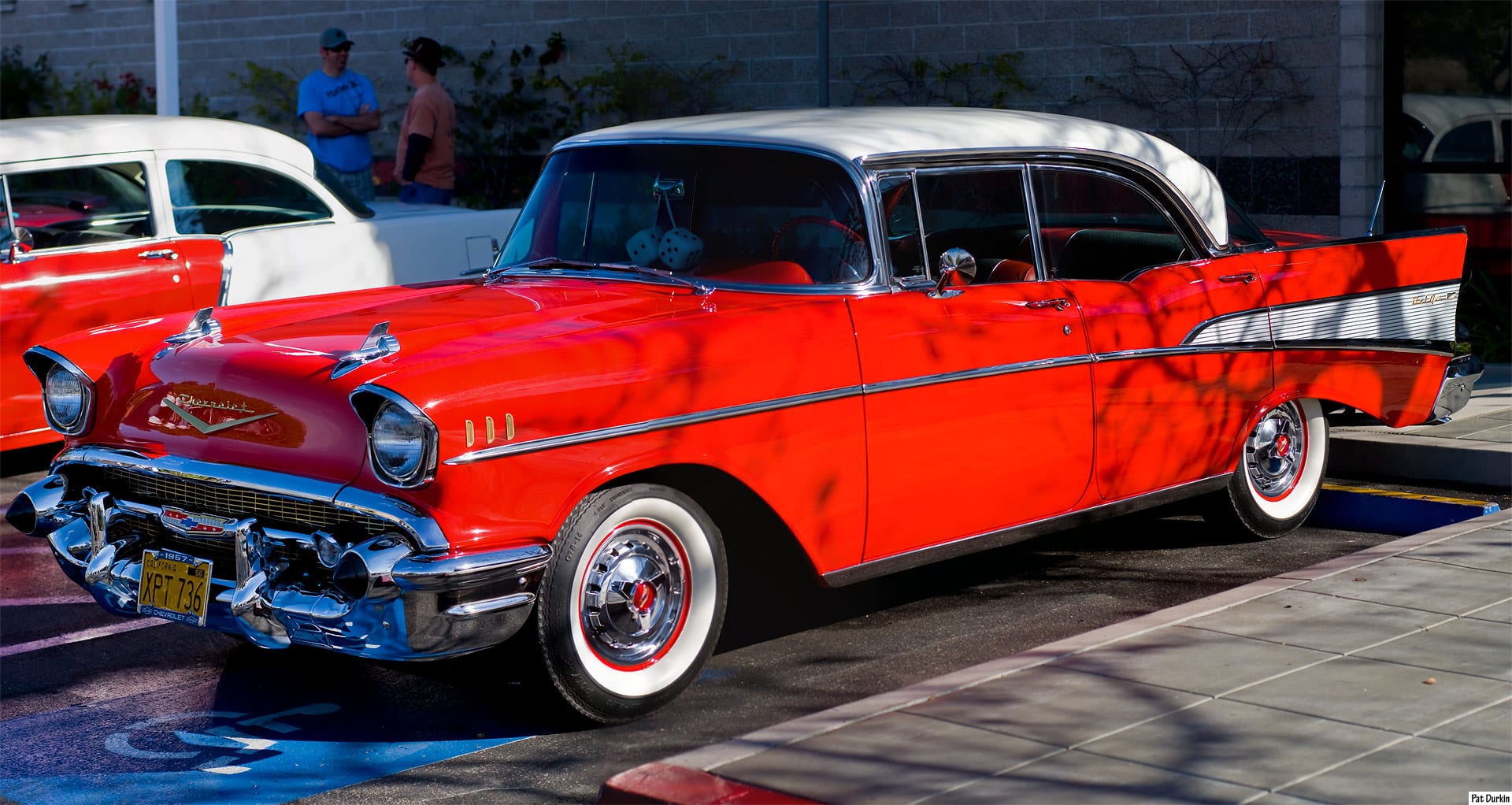
More and more people are buying classic, vintage and antique cars to be restored. Hundreds of millions of dollars are spent each year in the restoration industry. Some are restoring vehicles purely from an investment standpoint. Others are restoring a dream car for their collection.
Regardless of the intentions, restoring a classic vehicle is not an easy task and it seems that the same questions are regularly asked about the restoration process. Having the answers to these questions can make the entire restoration process seem far less daunting for the owner who will be paying a hefty sum in most cases.
Knowledge is king and we hope that answering some of the most frequently asked questions can make the restoration process a much more enjoyable experience.
Can you tell what condition my vehicle is in just by looking at it?
Certainly not. There is really no way of knowing what issues may lurk until you begin to dismantle it.
Factors like climate, storage conditions and how the vehicle was treated mostly determine the condition of the vehicle. There are just too many internal parts to know the true condition of a car just by visually inspecting it.
Does the entire restoration need to be done at once?
Not at all. As a matter of fact, because of the money required to do a full restoration, many people will decide to do their restoration in phases. Many will decide to get the car drivable and then work on restoring the body and interior last. It is often best to follow the advice of the restoration shop on how to best maximize your money.
Will I see a return on investment with a restoration?
There is such a massive common misconception out there! The truth of the matter is that it is almost impossible to buy a car, fully and correctly restore it, and then sell it for more than you spent. The reasoning behind a restoration should not be financially motivated. Many investors that make money in the classic car market are like any other investors, they buy low and sell high… often in as-is condition with minimal work done to the vehicle. There are also people that buy classic cars and “flip” them. This means they often perform temporary and less than desirable work just to make the car appear restored and make a quick buck.
Can I get an exact quote for the restoration?
We can provide our customers with a ballpark figure on just about any restoration, but getting an exact quote from any shop is simply unobtainable. Like us, most shops provide a price range depending on past experiences with your model of car. It is an educated guess. There is no way of knowing what issues could be waiting to be discovered. Is there hidden rust? Is the frame bent? These are answers we won’t know until we begin dismantling the vehicle. We suggest budgeting 10-20% on top of the ballpark figure just to be safe.
How do I choose the right restoration shop?
No pressure, but the shop you choose will have a major impact on the outcome of your restoration. Finding just the right shop can be a daunting process. You certainly need to invest the time in finding the right one. A good way to narrow it all down is by investigation shop reputations. If a shop has a ton of great referrals, then it is usually safe to say they are capable. Ask around at car shows, or inquire at a local car club. Others that have been through the restoration process are often more than willing to share their experience. We have an in depth article that offers great advice on how to find and select a reputable classic car restoration shop.
Is there a difference between a collision/body shop and a restoration shop?
Most collision centers make their money by repairing fender bender damage quickly and getting the car back to their customer in a timely fashion. They often work on newer model vehicles that have OEM parts readily available. Not all, but some are also known for taking shortcuts to get the job done even faster.
With a good restoration shop, they take their time to make sure everything is cleaned, repaired or restored with precision. It is all about quality and not quantity with professional restoration experts. We highly suggest you do not choose a collision center to work on your prized possession.
What is a fair amount for a down payment deposit?
An initial down payment is often required to ensure you are committed to the project, but a large up-front sum of cash could be a sure sign of a scam. A business that is in financial trouble may require a large down payment. Even worse, there are heart breaking stories of people paying enormous up front fees only to have the business close the very next day. Well established shops should require a minimal down payment and then require fair progress payments as work is done on your classic car or truck. We have an article that covers 4 common scams that shady restoration shops try to pull.
What is the typical steps in a restoration process?
While each restoration is unique, we still have a basic plan of attack we follow with with all full restorations. Here are the steps we normally take…
- Begin dismantling the vehicle and cataloging each part.
- Remove the exterior trim and strip the paint to the bare metal.
- Remove the seats and interior parts.
- Unbolt body panels and the entire body from chassis.
- Remove the motor and transmission.
- Disassemble the entire chassis.
- Repair any rust if possible. Otherwise replace or fabricate new metal.
- Assess and repair dents, creases or other imperfections in the body.
- Sand and prep the entire body and then prime the body.
- Strip the chassis to bare metal, make any necessary repairs and then paint the chassis black.
- Reassemble the chassis.
- Repair and/or repair the motor and transmission.
- Reinstall the motor and transmission.
- Reassemble the body panels and attach all remaining parts to the body.
- Paint, wet sand, clay bar and buff vehicle.
- Restore or repair the vehicle’s interior.
- Reassemble exterior trim and install the restored interior.
- Drive and fine tune the vehicle.
How long does a restoration process take?
Each restoration is different, but be prepared to be in this for the long haul. To properly do a restoration takes time and it cannot be rushed. There may also be unexpected down time if we need to wait for replacement parts. It is very common for a restoration to take more than a year. In some cases it can take upwards to 3-5 years. To help you better understand, we have one last article you should check out. It is titled “How Come Classic Car Restorations Take So Long?”.

